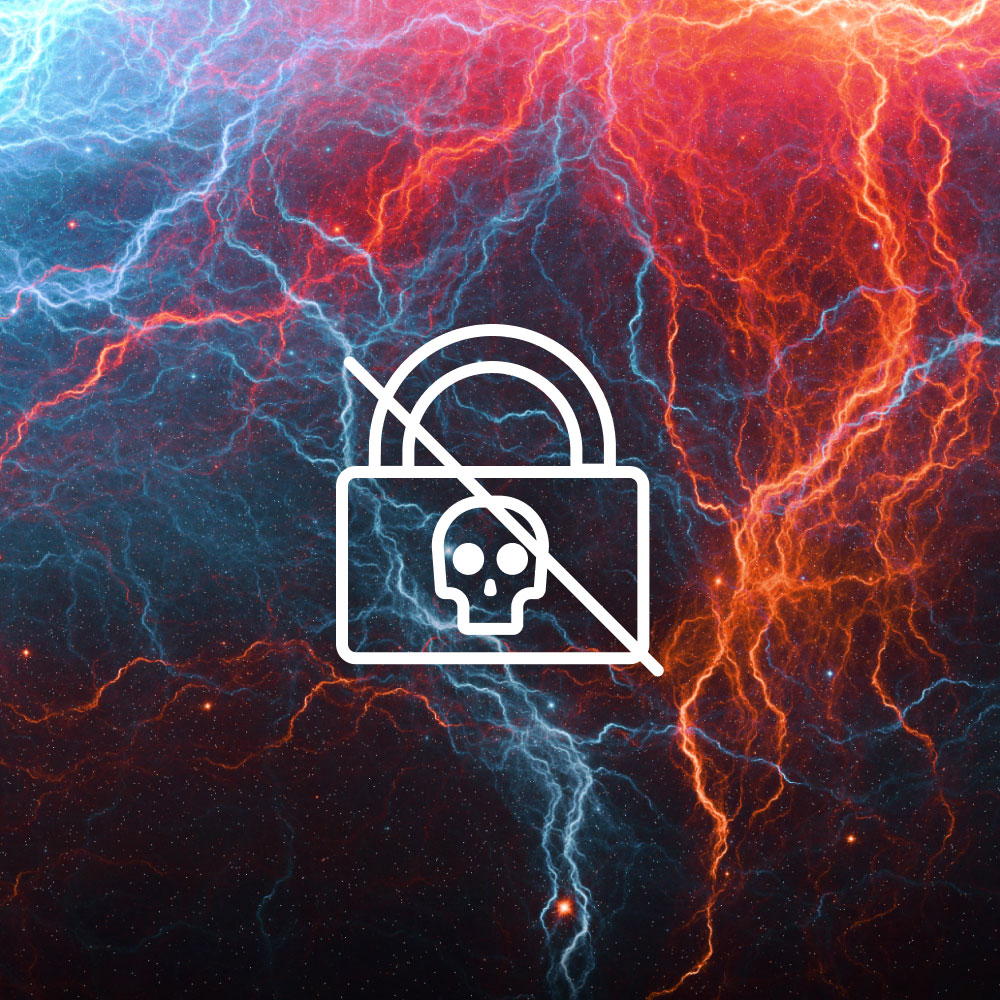As cyberthreats evolve and grow in prominence, one of the most overlooked threats lies in your data protection infrastructure. If you’re still using legacy backup software like Veeam, you could be leaving the door wide open to attackers. These outdated systems are far more likely to harbor unpatched vulnerabilities, known as CVEs (Common Vulnerabilities and Exposures).
This isn’t just a theoretical risk. Legacy backup environments are now a frequent target for ransomware groups and malicious actors looking for a way in. And as recent attacks show, the time between a CVE’s disclosure and its exploitation is shrinking fast.
Legacy Backup Systems: A CVE Minefield
The longer you operate legacy data protection systems, the greater your exposure to security vulnerabilities. These platforms typically consist of multiple moving parts — management servers, agents, scripts, plug-ins, and integration modules — each of which introduces new surface area for attackers to exploit. And with each component managed and patched separately, it becomes increasingly difficult to stay ahead of threats.
A recent example from one leading backup vendor, whose backup software was targeted by a ransomware group exploiting CVE-2023-27532. This vulnerability allowed unauthenticated users to extract sensitive credentials, enabling lateral movement within the compromised environment.
Just this month, another legacy backup provider disclosed a critical flaw in its Command Center (CVE-2025-1422), which could allow attackers to execute code remotely without needing any login credentials. Exploits like this offer attackers a direct path into backup systems, turning your last line of defense into a liability.
And it’s not just legacy backup vendors. According to The Hacker News, 159 CVEs were actively exploited in Q1 2025 alone, a dramatic reminder that vulnerabilities across your infrastructure are being weaponized faster than ever.



